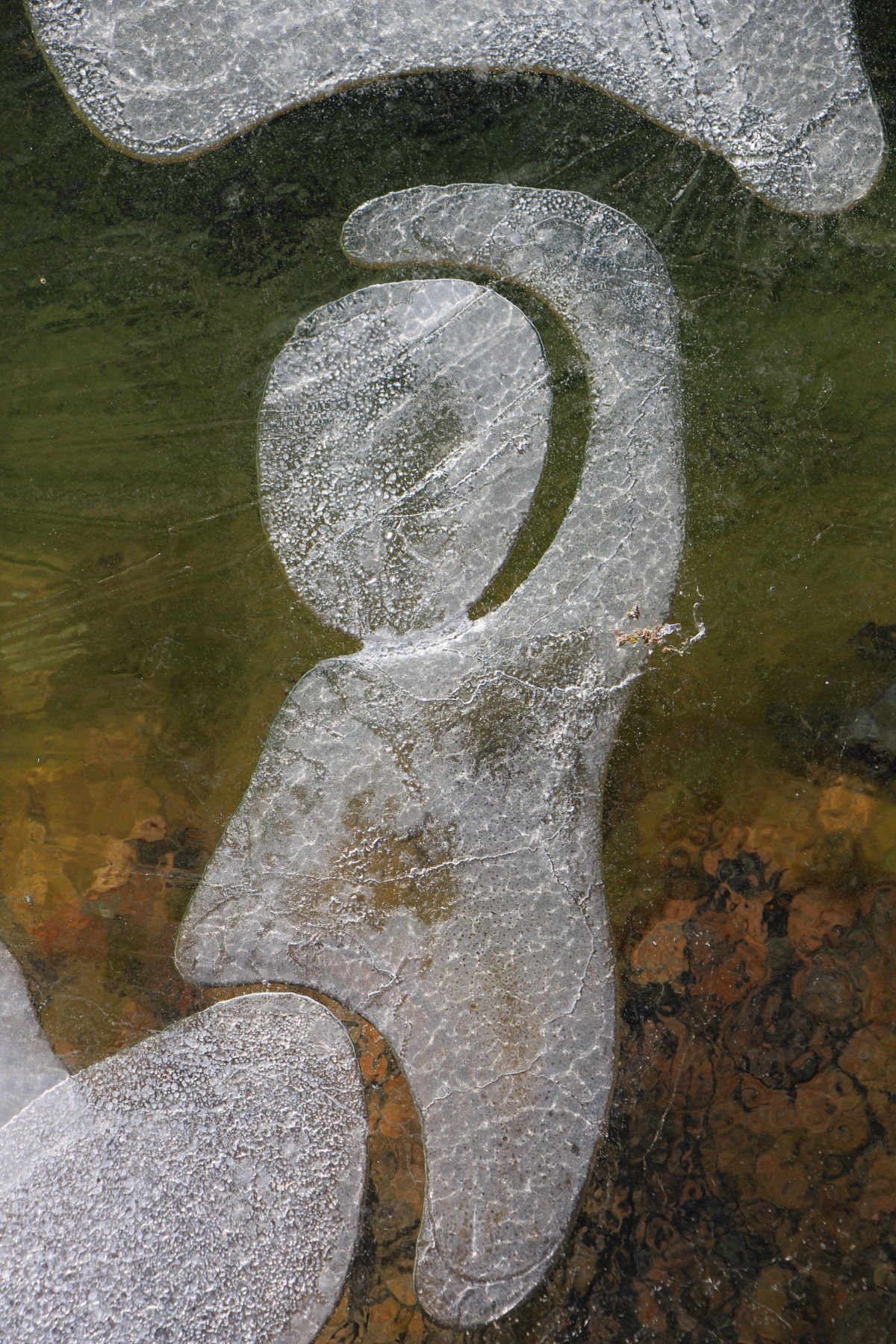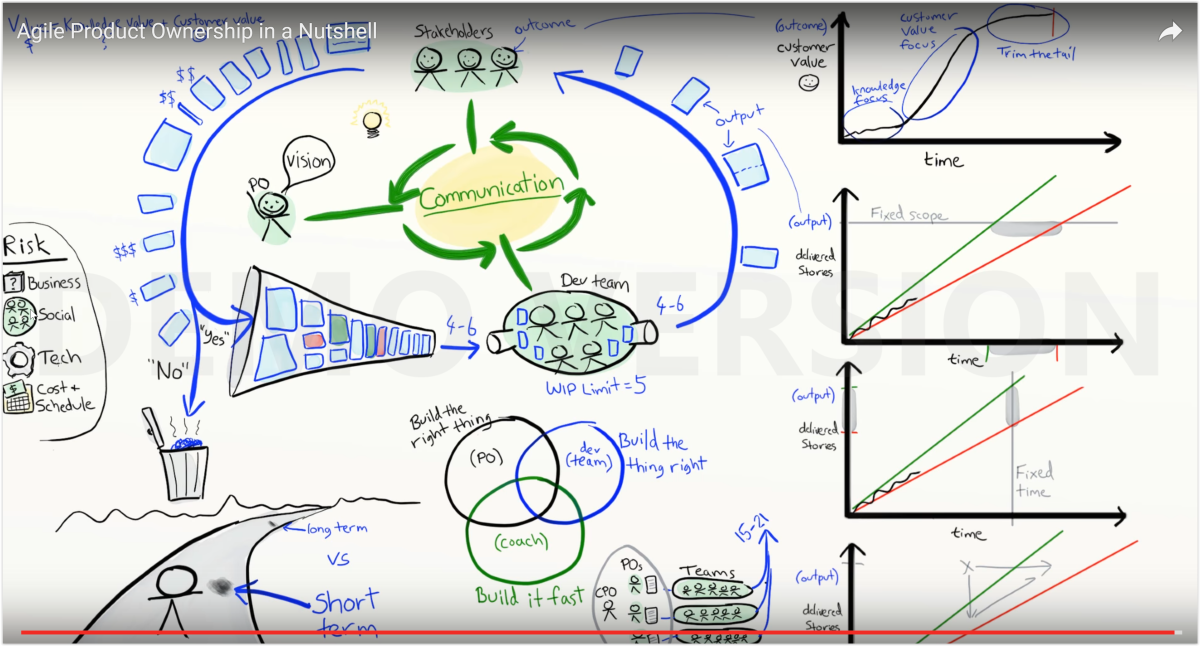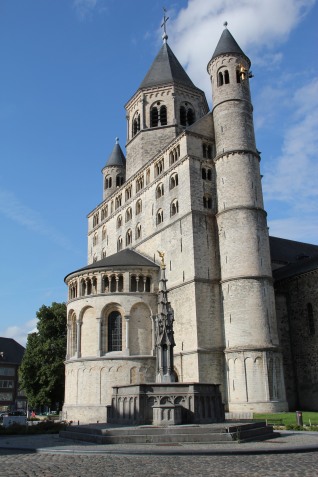Fréderic Laloux describes in his book Reinventing Organisations the role of the CEO, the founder of the organisation or highest leader in a cyan organisation. They are in a way as well less important as more important than in traditional hierarchic organisations.
They cannot take decisions on their own anymore or block certain decisions. This means that they will have to give up some of their powers, which might feel very frightening for most of the current CEO’s. In most cases the CEO will remain the person that represents the organisation, the head of the organisations whom suppliers, big customers and supervisors want to talk with. But since there are less or even no targets, budgets, no direction team, no top-down strategies, what is the exact role of the CEO then?
Trust
Each time a problem arises in the organisation, people will propose well-tried solutions: impose a new rule or control, create a central supervising role and team, take the decision in the highest echelon of the organisation. The CEO is then there to ensure that trust prevails. If somebody commits fraud against a business, you can easily impose a supervisor to avoid this. But this might harm the trust within the whole company. So you have to balance the pro’s and con’s: do you want to harm the trust with all your employees for one mistake of one person?
Role model for self-management
The CEO’s influence is limited because of the advice process. If you want to take a decision you have to contact all people that will be influenced by the decision and subject matter experts. Not everybody has to agree but if their are no major objections, the decision can be taken and adapted when new ideas arise or circumstances ask for it. So they will have to fight against the urge to take the decision on their own. The advice process is also not a consensus. “Consensus may sound appealing, but it’s not always most effective to give everybody veto power. In the advice process, power and responsibility rest with the decision-maker. Ergo, there is no power to block.”
Role model for Wholeness
The CEO should invite people to be their selves by being her- or himself. If the CEO is still focused on his ego (extrinsic motivation like status, money) the organisation will also act in this way. If however (s)he seeks intrinsic motivation like honesty, openness and vulnerability (admitting that (s)he doe snot know everything and can make mistakes), people will feel more confident to act in the same way. Being vulnerable is seen as a weakness, but admitting that you are wrong for the sake of the organisation is a strength and needs courage.
Role model for Evolutionary purpose
CEO’s must be humble and remind people that their work serves a higher goal that transcends their individual. It is not about ruling out yourself at work. At the contrary: being yourself and find your purpose that suits the overal purpose of the organisation. And that purpose is not making more profit or becoming bigger to protect the company against the competitors.
Take up other roles
Beside these roles, the CEO can take up any role that suits her/him. In most cases they will still take up roles that deal with the broadest questions in the organisation: Do we need to launch new products? Do we need to move or build new offices? Do we need a new rewarding system? These questions have influence on large groups of colleagues, sometimes on all employees.
In traditional hierarchic organisations these decisions are taken at the top and the managers push these decision to all echelons of the organisation. In cyan organisations they have to conform to the advice process. So how do they do that? Jos de Blok from Buurtzorg made his blog on the intranet his instrument of leadership. If he has something in his mind, he places it on his blog. All employees are invited to react.
- If their comments point in the direction of agreement, the decision can be taken in hours.
- If the debate is continuing, the decision is amended and again communicated on the blog.
- If the proposal is not yet mature enough, a workgroup will adjust the proposal.
Imagine how long it would take in a hierarchic organisation: preparing powerpoints, long steering committees and board meetings, informing middle-management and top-down announcements to the employees.




